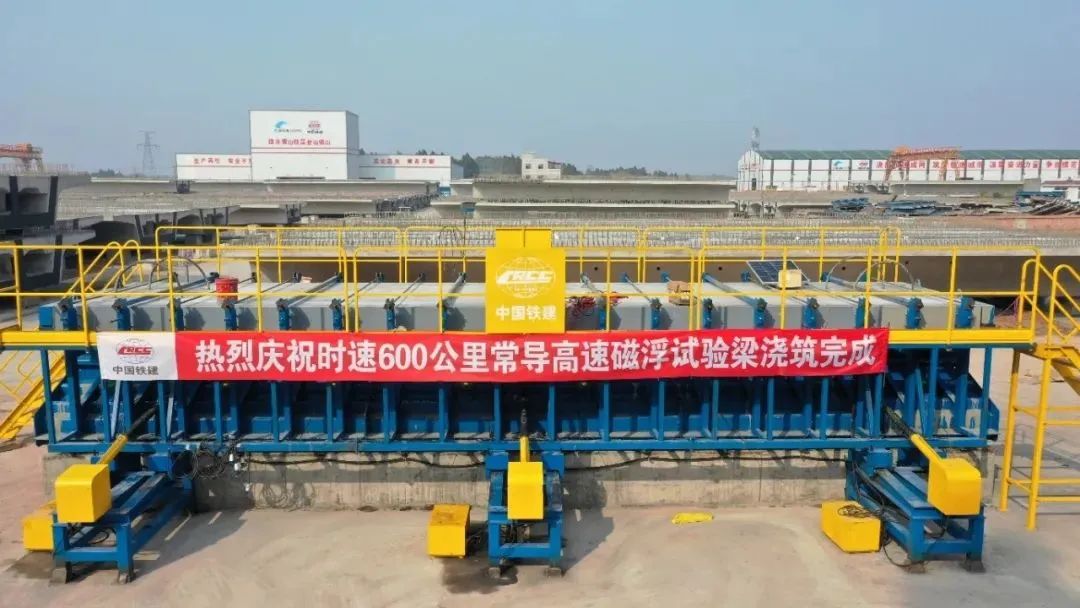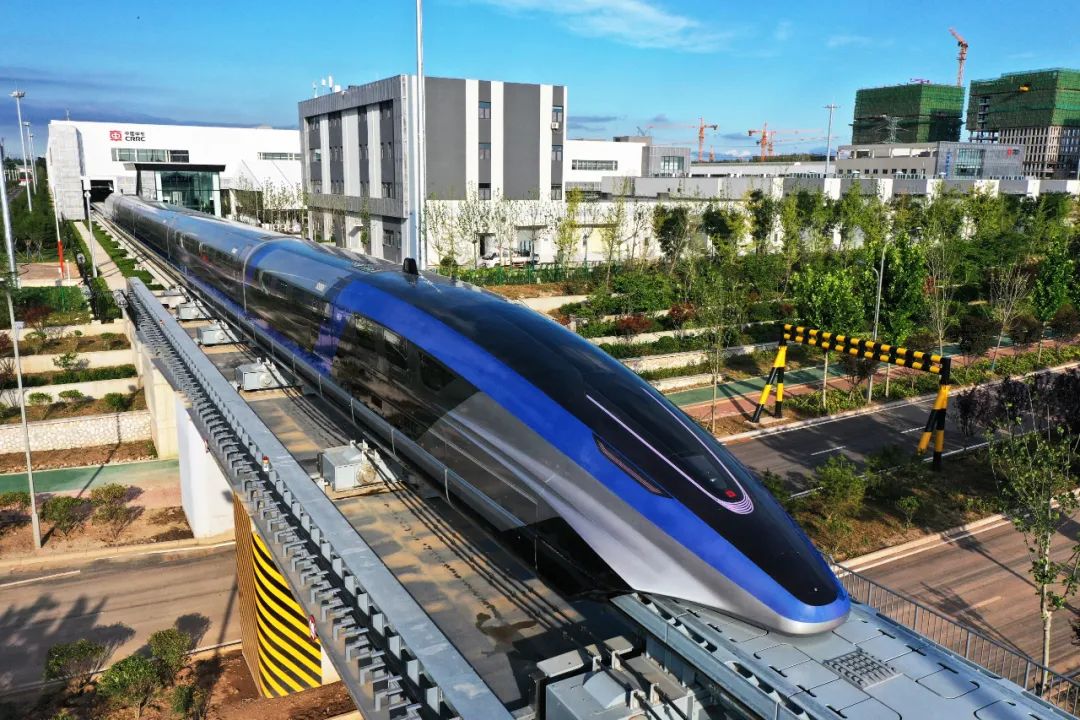
Reservation booth:+86(0)21-3114 8748
Visit/media contact:+8613601815988
QQ:2463282767
email:artsexpo@sgexpo.cn
On May 27, the major scientific research project of China Railway Construction led by the Fourth Institute of China Railway Construction "Research on Key Technologies for the Construction of Constant Conduction High-speed Maglev at a Speed of 600 Kilometers per Hour" was completed in Wuhan, marking a new breakthrough in the field of conventional high-speed maglev engineering construction of China Railway Construction.

The "Outline for the Construction of a Transportation Power" proposes to reasonably arrange the research and development of technical reserves such as a 600 km/h high-speed maglev system, a 400 km/h high-speed wheel-rail (including variable gauge) passenger train system, and a low-vacuum tube (tunnel) high-speed train.
Maglev transportation is a new technology born after 100 years of the development of traditional railway transportation, which reconstructs the relationship between trains and lines in a contactless way, and breaks through the speed limit of traditional ground transportation.
The basic principle of maglev utilization is the electromagnetic levitation principle of "repulsion of the same sex, attraction of the opposite sex", which uses magnets to resist gravity to levitate the vehicle, and then uses electromagnetic force to guide and promote the train forward.

Since the 60s of the 20th century, major developed countries such as Germany and Japan have carried out large-scale maglev transportation research, and the technical routes are constant conductivity and superconductivity. In the 90s of the 20th century, China began to simultaneously study the maglev and wheel-rail technical solutions of the Beijing-Shanghai high-speed railway.
Normally conductive high-speed magnetic levitation is to use the electromagnetic attraction between electromagnets to achieve levitation. Specifically, it uses the electromagnetic attraction between the DC solenoid and the good conductive magnetic material to realize the contactless suspension between the train and the track through automatic closed-loop control.
Superconducting high-speed magnetic levitation uses the diamagnetism of superconductors to achieve magnetic levitation. Superconducting magnets generate a strong magnetic field at low temperatures, which interact with the coils on the track, creating an electric repulsion force that suspends the train.

The research on the key technology of 600 km/h high-speed maglev construction has filled the shortcomings of the existing high-speed maglev in independent intellectual property rights, system industry chain, and engineering applications, enhanced the core competitiveness of China Railway Construction in the field of high-speed maglev transportation, and helped China Railway Construction to tap new quality productivity.
The project team took the construction of the permanent high-speed maglev long trunk line as the application scenario, carried out systematic and comprehensive research on a total of 28 sub-topics in 7 aspects such as bridge construction and tunnel construction, and analyzed and laid out the patent of the 600 km/h high-speed maglev construction technology.

The project lasted 4 years, and a total of 70 patents (45 invention patents), 4 products, 3 construction methods, 2 processes, 5 technical conditions, and 1 software copyright were formed. The research results of this project have been applied to some practical projects.
As one of the earliest design units to carry out maglev transportation technology research in China, the Iron Fourth Institute began to simultaneously study the maglev and wheel-rail technical scheme of the Beijing-Shanghai high-speed railway as early as the 90s of the 20th century.
In 2017, the affiliated enterprises of China Railway Construction Co., Ltd., represented by the Fourth Institute of Railways, participated in the major project of the Ministry of Science and Technology's Advanced Rail Transit "Research on Key Technologies of Maglev Transportation System". As one of the editors-in-chief, the "Technical Standards for Maglev Railways" compiled by the Fourth Iron Institute was officially implemented in January 2020.

At present, high-speed maglev projects are planned in the Guangdong-Hong Kong-Macao Greater Bay Area and the Yangtze River Delta Economic Belt, and the construction of high-speed maglev projects has broad application prospects.
The successful conclusion of the major project of China Railway Construction "Research on Key Technologies for the Construction of Constant Conduction High-speed Maglev at a Speed of 600 Kilometers per Hour" marks that China Railway Construction has basically mastered the key technologies for the construction of 600 kilometers per hour high-speed maglev transportation engineering, formed independent intellectual property rights and guiding design principles in the key construction technology of conventional high-speed maglev, and made a big step forward in achieving the goal of engineering application.